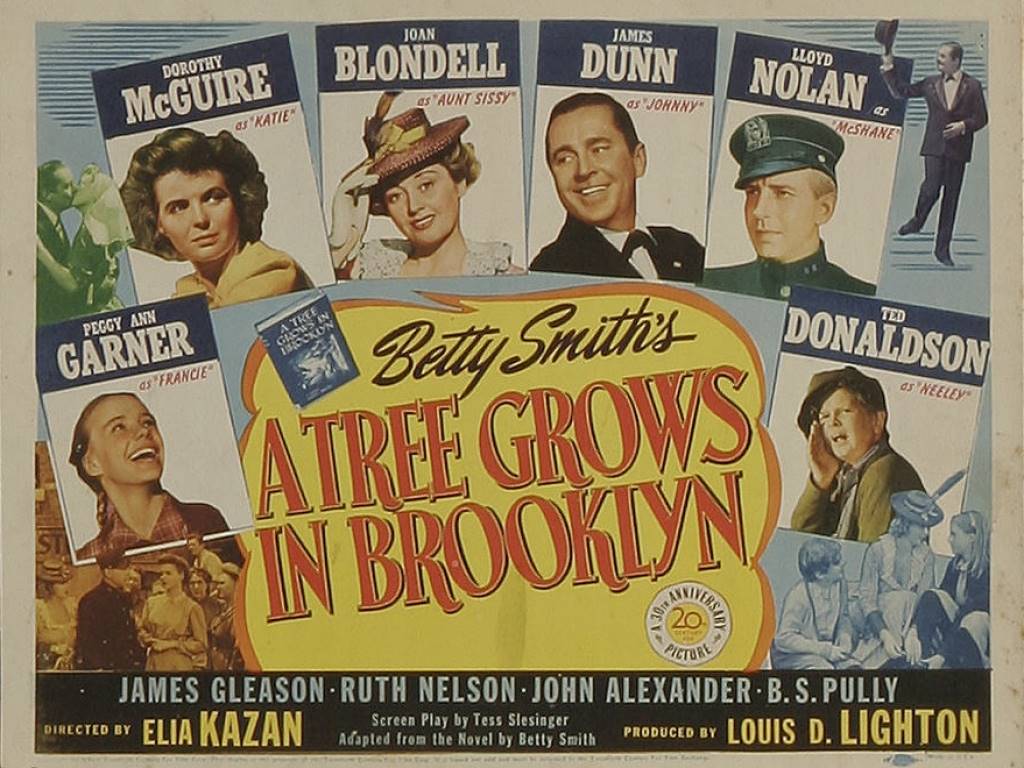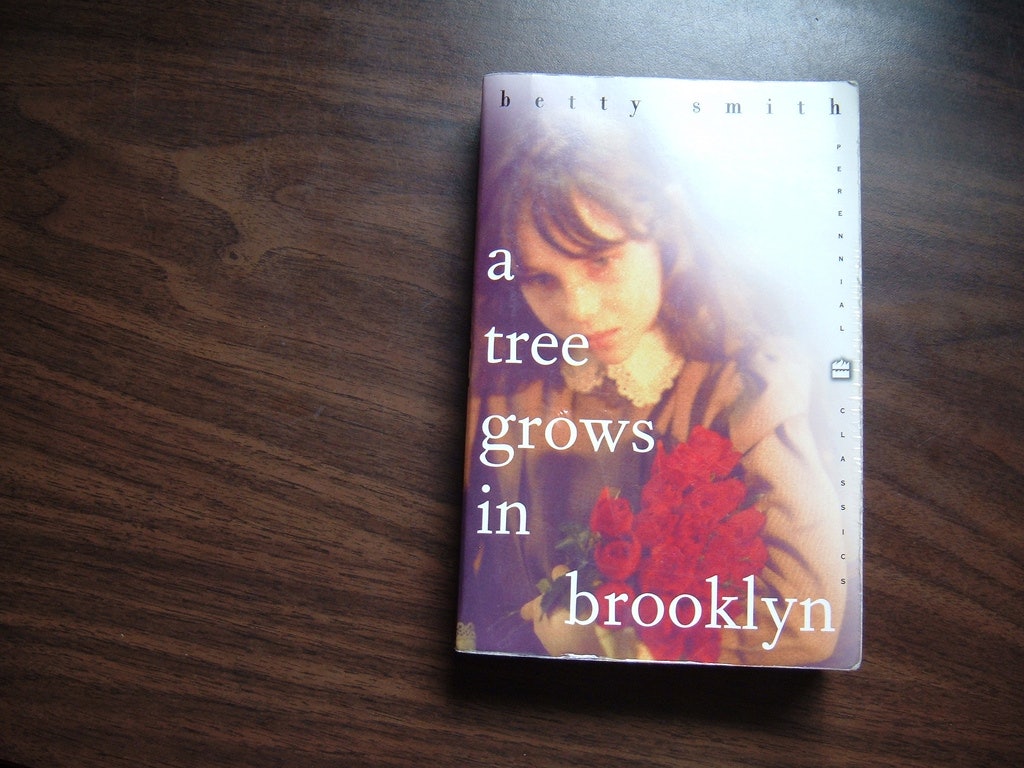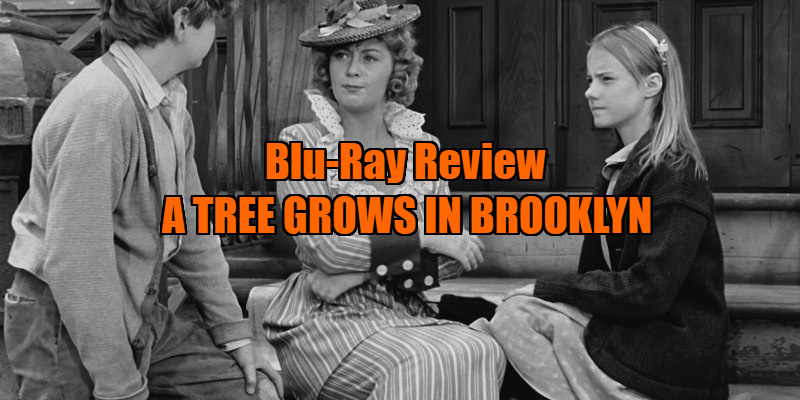

Hunger drives ten-year-old Francie to tell her first “organized lie,” and to discover the possibility of “story-telling” as a mode of life. Because Francie’s charming but alcoholic father Johnny Nolan works only intermittently, Francie’s mother labors long hours on hands and knees as a janitress still her two children are so hungry “they could have digested nails.” The family subsists on the six loaves Francie buys twice a week from a factory that sells stale bread at half price to the poor, which her mother combines with “condensed milk and coffee, onions, potatoes, and always the penny’s worth of something bought at the last minute, added for fillip.” The opening pages of Tree are filled with devastating descriptions of the Nolan family’s efforts to feed itself. “No, the roof wasn’t leaking, it was merely her mouth watering.” Francie realizes that her topic is the same as it has always been-her own hunger-only now she’s “writing it in a twisted, round-about silly way.” She vows to tell the truth of her own body-as did, apparently, her creator, Betty Smith. But from a young age, she discovers that her writing and her hunger cannot be separated.Ĭhastised by a teacher for writing “sordid” stories that focus on the “poverty, starvation and drunkenness” of her own family, Francie tries to prove she has “imagination.” She invents a character named Sherry Nola, who lives in “sweltering luxury.” As Francie describes an elaborate dinner ordered by Sherry, a drop of water falls on the page. Chronically hungry and taught to be ashamed of her poverty, Francie early on finds solace in books-so much so that she longs to become a writer.

Like its author Elizabeth Wehner (Betty Smith), the novel’s heroine, Francie Nolan, is the child of poor immigrants, growing up in the tenements of Williamsburg, Brooklyn in the early years of the twentieth century.

This autobiographical novel, so often dismissed as sentimental or as a children’s book, is actually written through the female body-which may explain its lasting popularity and power. “Woman must write woman,” Cixous insists, “for, with a few rare exceptions there has not yet been any writing that inscribes femininity.”Īlthough Cixous may not have been aware of it, Betty Smith’s beloved, perennially popular 1943 novel, A Tree Grows in Brooklyn is one of those “rare exceptions” that “inscribes femininity” in precisely the way she advocates. “The Laugh of the Medusa” remains a thrilling essay, challenging and inspiring women to “return to the body” and to language. Women must write through their bodies, they must invent the impregnable language that will wreck partitions, classes, and rhetorics, regulations and codes. In her 1975 manifesto, “ The Laugh of the Medusa,” French feminist Hélène Cixous urges women to write: “Writing is for you, you are for you your body is yours, take it.


 0 kommentar(er)
0 kommentar(er)
